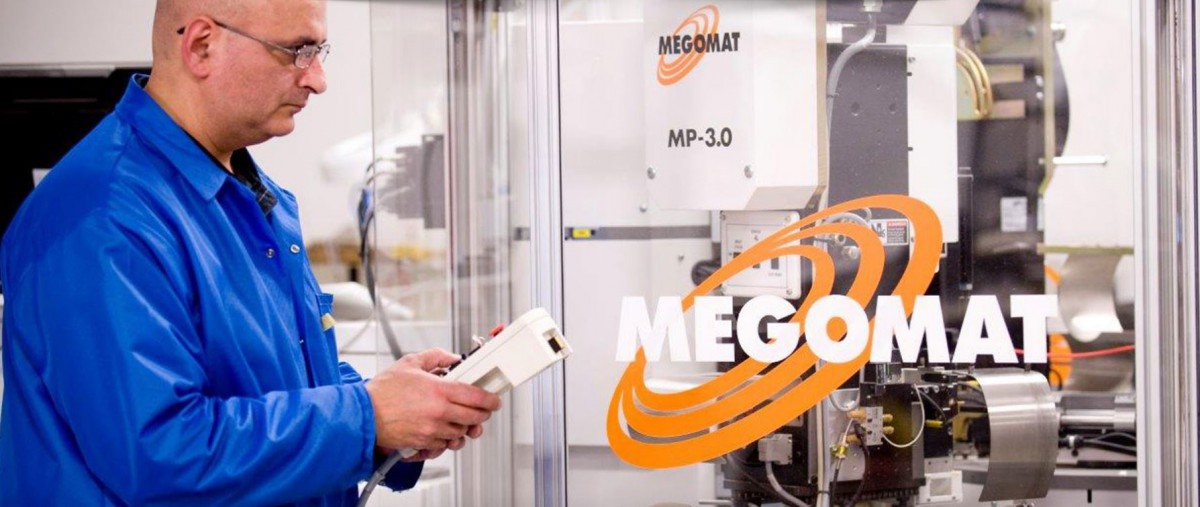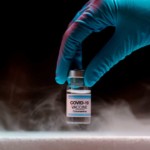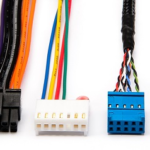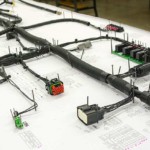Digital systems, wireless networks, high-end video, and medical devices (to name a few) all require reliable connections. If a connector is installed improperly, a significant portion of the signal may be lost. Soldering is an effective termination method, but it’s also labor-intensive. The tooling that’s used in soldering is simple, but technicians must be careful to apply heat properly. So while soldering has its advantages, crimping is often used for terminating the contacts on many wire/cable configurations.
What is Wire Crimping?
Crimping is a fast, reliable, and rugged termination method that connects a wire to a terminal without soldering. The crimped section of the wire is deformed and the insulation is compressed without piercing. With good crimps, strands protrude through the front of the conductor crimp section by at least the diameter of the wire’s conductor. IPC-WHMA-A-620, the leading industry standard for cable assemblies and wire harnesses, describes the acceptability criteria for crimped connections.
Advantages of Wire Crimps
Crimping at times can be faster than soldering and will form a reliable electrical and mechanical connection. Like soldering, wire crimping can be used on either solid or stranded conductors. Because crimping doesn’t result in excessive deformation, connections remain secure even under thermal cycling and vibration.
Ways to Crimp Wires
There are three basic ways to crimp wires: manual, semi-automatic, and fully-automatic. With manual wire crimping, technicians use hand tools called crimpers. Semi-automatic wire crimping supports the use of pneumatic or electric benchtop equipment and delivers more crimps per hour. Automated crimping supports higher volumes than either hand tools or benchtop crimping, but greater throughout isn’t the only benefit. Automated crimping is fast, consistent, and incorporates wire cutting and wire stripping.
Choose Wire Crimping from SHINE
SHINE is an ISO 9001:2008-certified manufacturer that specializes in custom cable assembly and offers manual, semi-automatic, and fully-automatic wire crimping. Importantly, all of the custom cable assemblies that we manufacture can meet the IPC-WHMA-A-620 standard if specifications allow. For greater consistency than either manual or semi-automatic operations, our fully-automatic Schaefer Megomat UNO Lead Maker meets demanding project requirements.
Would you like to learn more about wire and cable crimping, electronic contract manufacturing, or custom cable assembly services from SHINE? For more information, contact us on-line at our manufacturing center in Adams, Massachusetts (USA).






